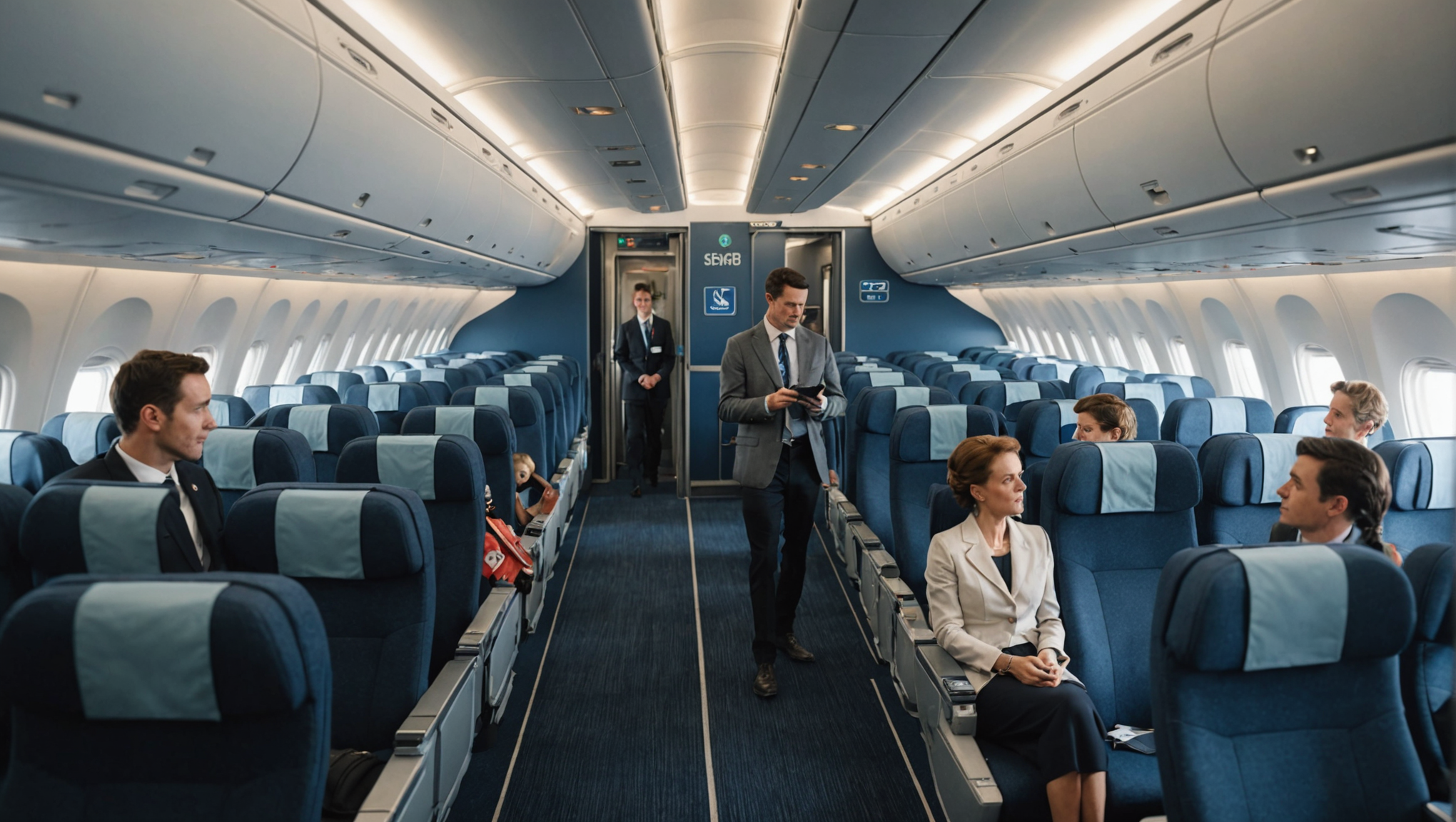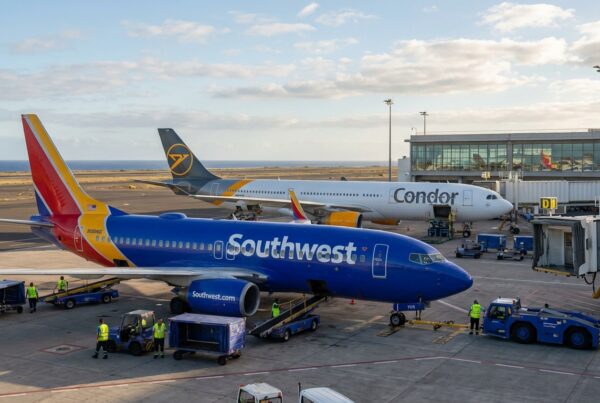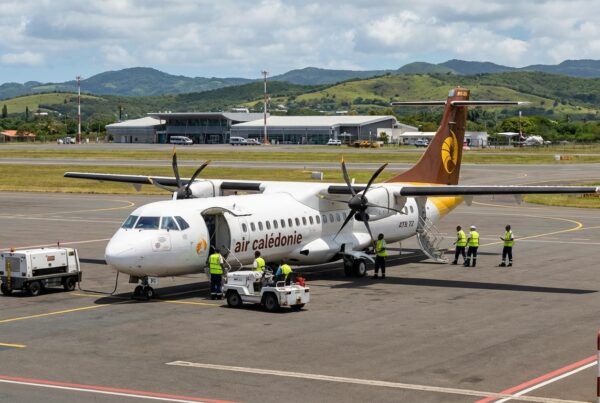Changing seats on board a flight is strictly forbidden, and this rule can sometimes seem restrictive for passengers. However, behind this rule lie practical and important reasons to be aware of to ensure the safety and smooth running of the flight. Let's take a look at the reasons behind this ban and its implications for our air travel.

Changing seats during a flight may seem trivial, but it disrupts the order established by airlines for a variety of practical reasons. Certain rules are put in place to guarantee safety, comfort and flight efficiency.
Safety on board
Aircraft seating arrangements are designed to optimize passenger safety in the event of turbulence or emergency. Seats near emergency exits are reserved for those who have been briefed on their responsibilities. What's more, an unexpected change of seat can complicate the evacuation process by upsetting passengers' equilibrium.
Aircraft balance
One of the crucial elements in the smooth operation of an aircraft is weight distribution. Seats are assigned according to weight distribution to ensure stability. A sudden shift of several passengers could unbalance the aircraft, especially in smaller aircraft.
- Ensure optimum aircraft center of gravity
- Maintain maneuverability and stability
- Preventing imbalances during take-off and landing
Passenger comfort
Airlines optimize seat allocation to provide maximum comfort for all passengers. Changing seats can inconvenience other passengers, especially those with special needs such as parents with children, people with medical requirements or those who have paid for specific seats.
On-board service
Flight attendants are trained to know where passengers are located, to make service more efficient. For example, meals, drinks and other services are distributed according to assigned seats. An unauthorized change of seat can therefore impair service efficiency and reduce the quality of the experience for other passengers.
Legal and regulatory aspects
In addition to safety and comfort, there are also legal constraints. Civil aviation regulations impose strict rules on the use of seats, particularly those near emergency exits. Passengers occupying these seats must be physically capable of opening them in an emergency.
Read more about aviation regulations
Understanding inter-siege bans
- Safety : Disruption of the established order and access to emergency exits.
- Balance : Risk of aircraft imbalance.
- Comfort and service : Disruption to service organization.
- Regulations : Compliance with legal constraints on reserved seating.
Not just a matter of convenience
Ultimately, seating regulations are about much more than passenger comfort. They are designed to ensure flight safety and operational efficiency, providing a safer travel experience for all.




